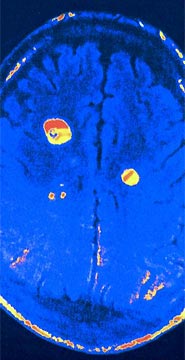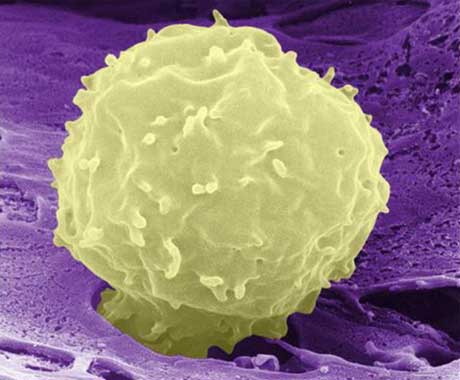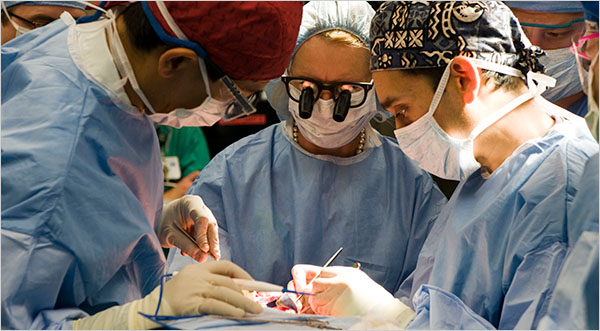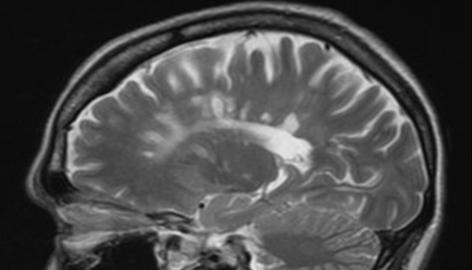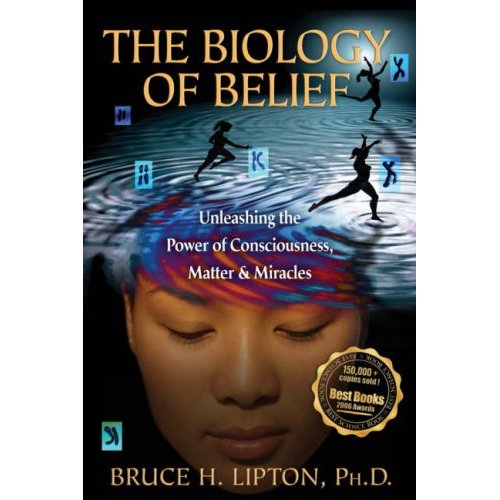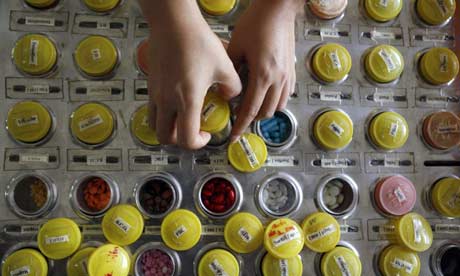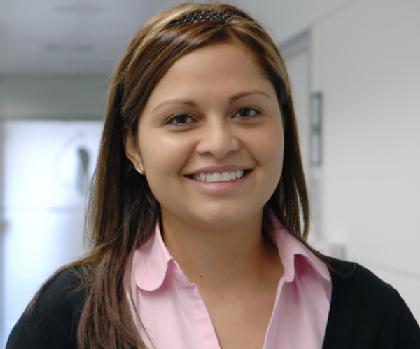Commentary by Betsy McCaughey
Betsy McCaughey is former lieutenant governor of New York and is an adjunct senior fellow at the Hudson Institute.
‘This stimulus is dangerous to your health and the economy’
Feb. 9 (Bloomberg) — Republican Senators are questioning whether President Barack Obama‘s stimulus bill contains the right mix of tax breaks and cash infusions to jump-start the economy.
Tragically, no one from either party is objecting to the health provisions slipped in without discussion. These provisions reflect the handiwork of Tom Daschle, until recently the nominee to head the Health and Human Services Department.
Senators should read these provisions and vote against them because they are dangerous to your health. (Page numbers refer to H.R. 1 EH, pdf version).
The bill’s health rules will affect “every individual in the United States” (445, 454, 479). Your medical treatments will be tracked electronically by a federal system. Having electronic medical records at your fingertips, easily transferred to a hospital, is beneficial. It will help avoid duplicate tests and errors.
Related article:
Obama’s $20 Billion Stirs Secrets-for-Sale Health Record Clash (Bloomberg)
But the bill goes further. One new bureaucracy, the National Coordinator of Health Information Technology, will monitor treatments to make sure your doctor is doing what the federal government deems appropriate and cost effective. The goal is to reduce costs and “guide” your doctor’s decisions (442, 446). These provisions in the stimulus bill are virtually identical to what Daschle prescribed in his 2008 book, “Critical: What We Can Do About the Health-Care Crisis.” According to Daschle, doctors have to give up autonomy and “learn to operate less like solo practitioners.”
Keeping doctors informed of the newest medical findings is important, but enforcing uniformity goes too far.
New Penalties
Hospitals and doctors that are not “meaningful users” of the new system will face penalties. “Meaningful user” isn’t defined in the bill. That will be left to the HHS secretary, who will be empowered to impose “more stringent measures of meaningful use over time” (511, 518, 540-541)
What penalties will deter your doctor from going beyond the electronically delivered protocols when your condition is atypical or you need an experimental treatment? The vagueness is intentional. In his book, Daschle proposed an appointed body with vast powers to make the “tough” decisions elected politicians won’t make.
The stimulus bill does that, and calls it the Federal Coordinating Council for Comparative Effectiveness Research (190-192). The goal, Daschle’s book explained, is to slow the development and use of new medications and technologies because they are driving up costs. He praises Europeans for being more willing to accept “hopeless diagnoses” and “forgo experimental treatments,” and he chastises Americans for expecting too much from the health-care system.
Elderly Hardest Hit
Daschle says health-care reform “will not be pain free.” Seniors should be more accepting of the conditions that come with age instead of treating them. That means the elderly will bear the brunt.
Medicare now pays for treatments deemed safe and effective. The stimulus bill would change that and apply a cost- effectiveness standard set by the Federal Council (464).
Read moreRuin Your Health With the Obama Stimulus Plan: Betsy McCaughey




